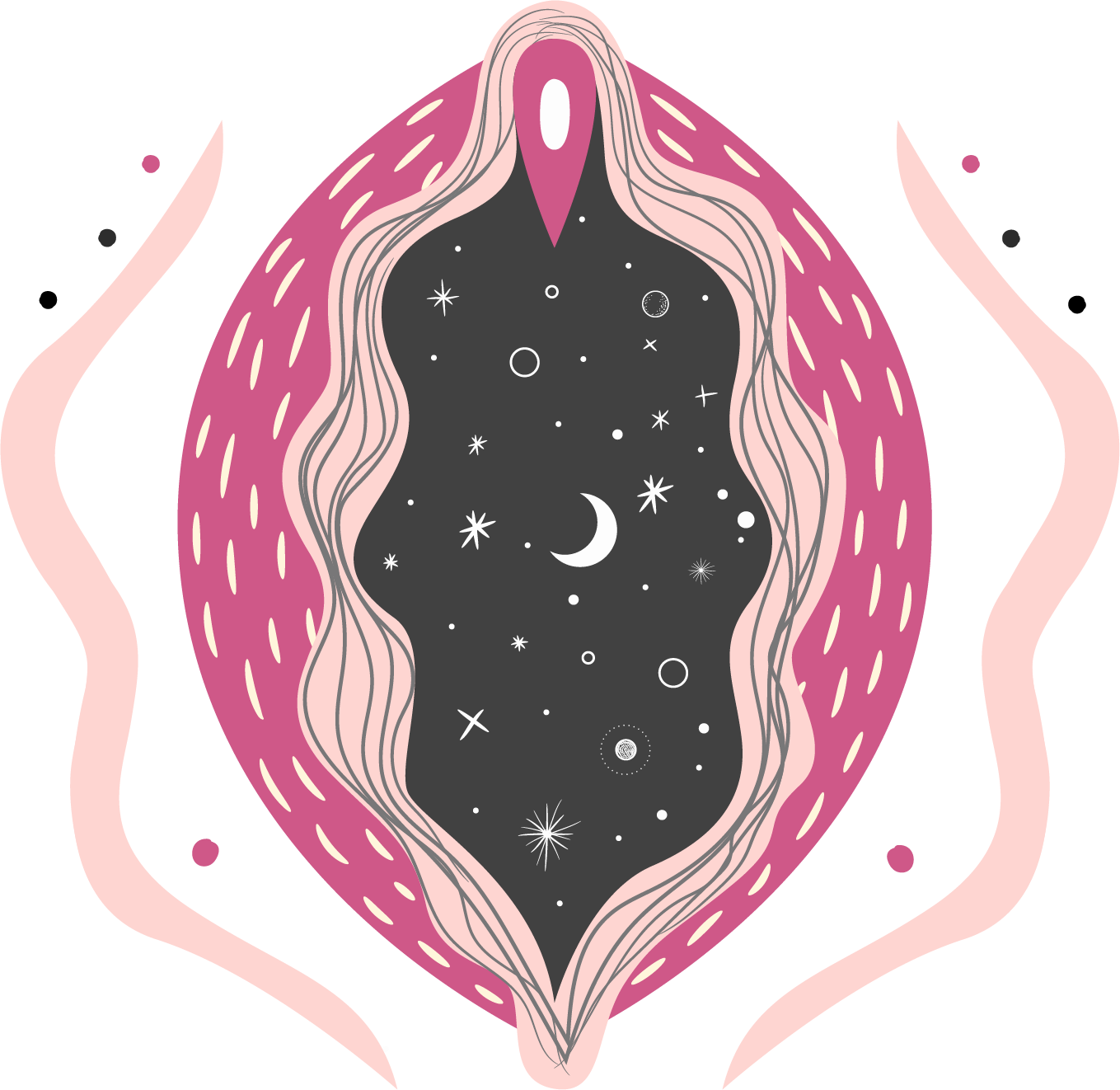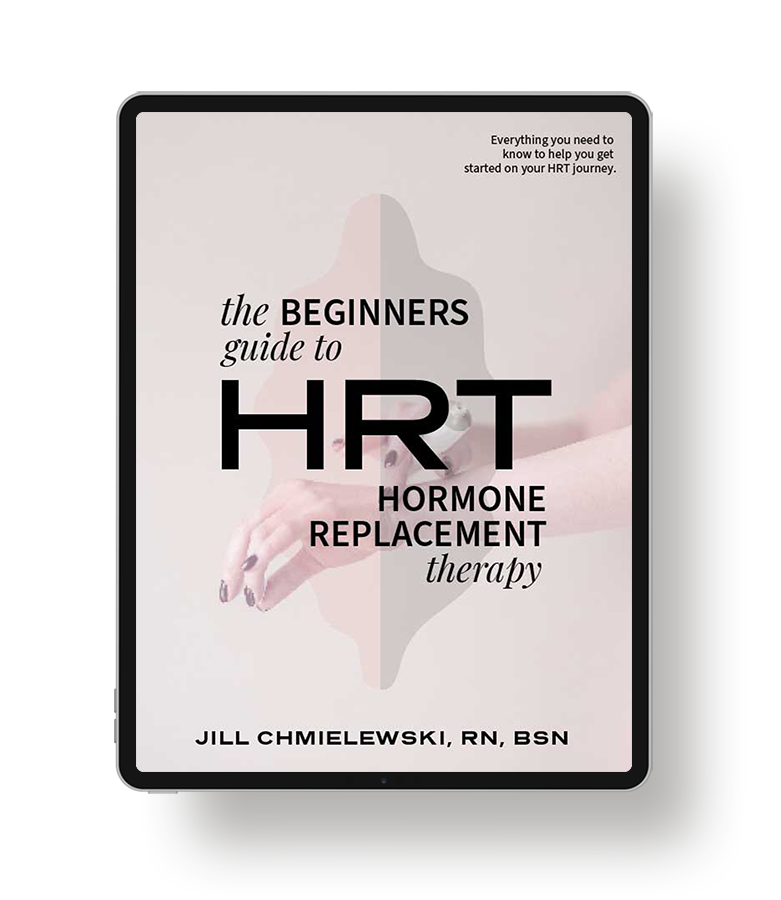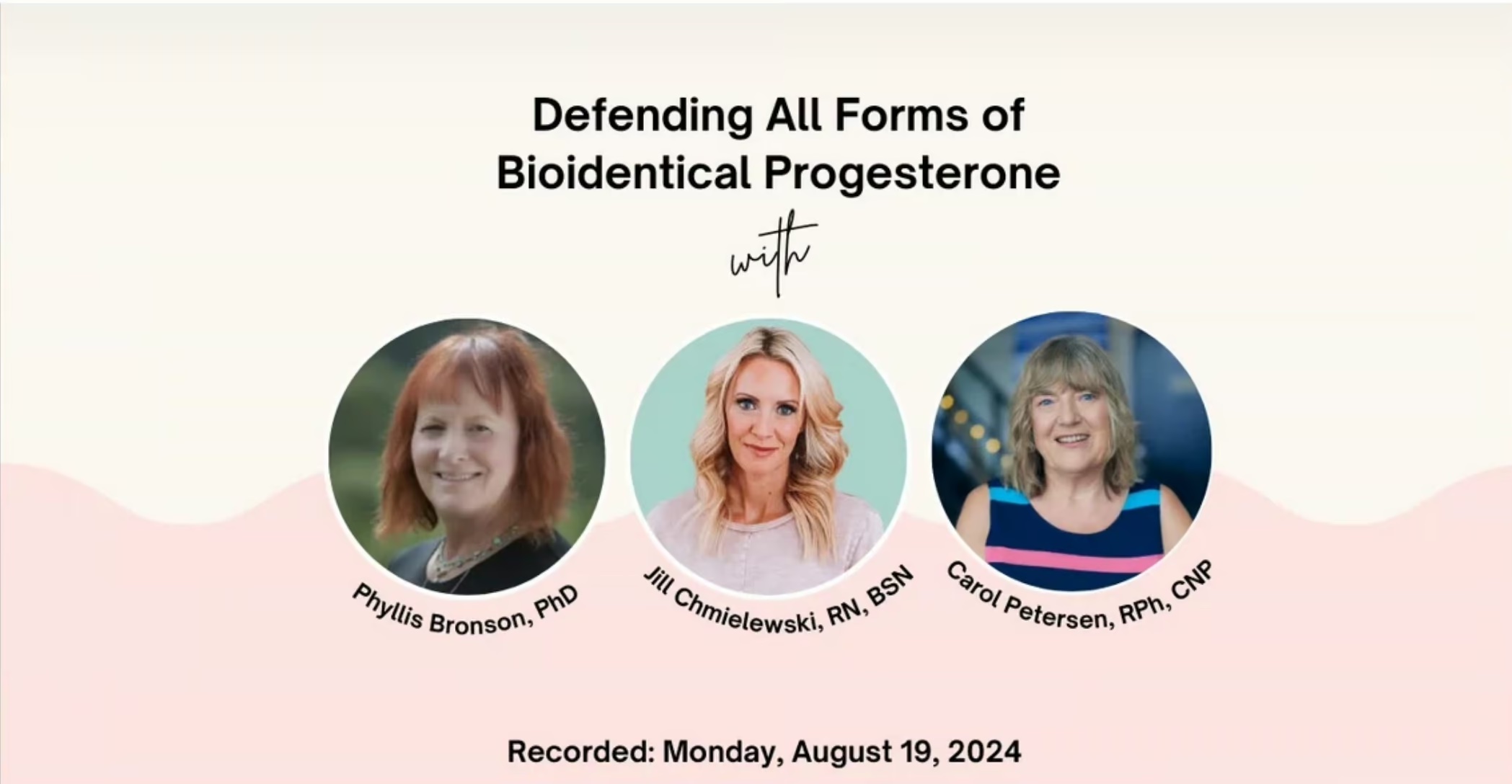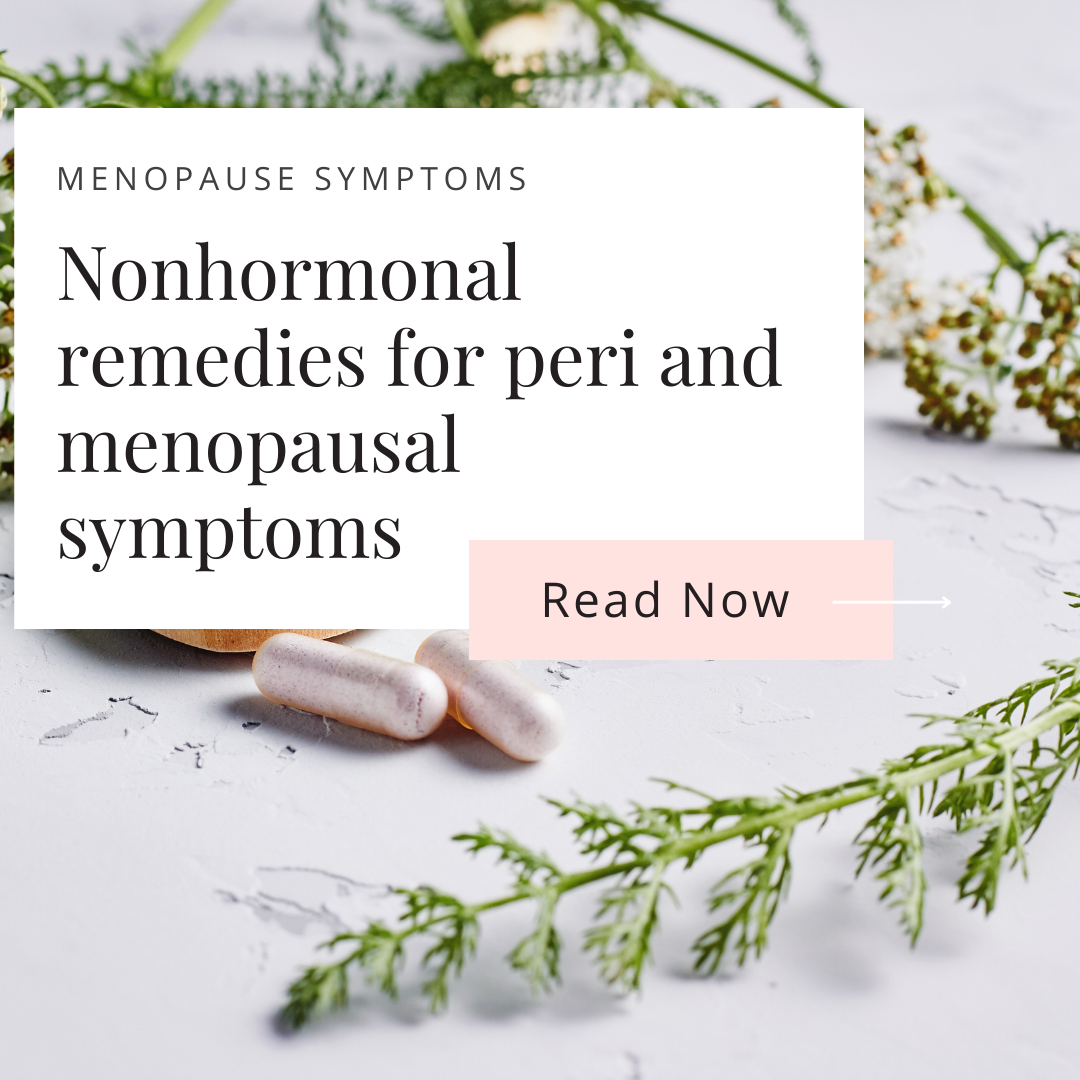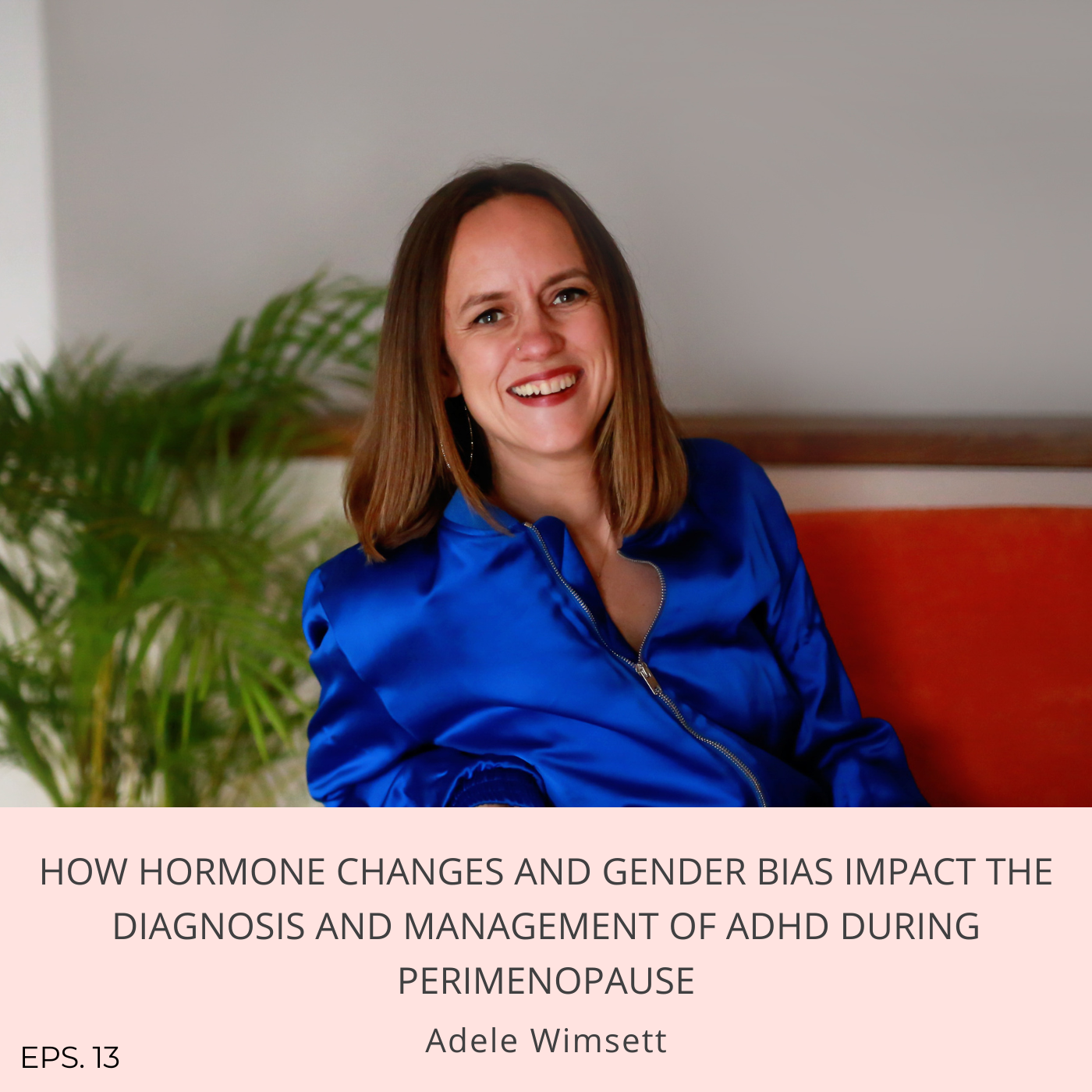What you put on your skin, hair and nails is just as important as what you put in your mouth. Researchers now know that your hair products, soaps, lotions, makeup, sunscreens, nail polishes and perfumes can have a detrimental effect on your health.
Your skin is the largest organ of your body, absorbing most of what it comes into contact with (just think about nicotine and birth control patches). Most adult bodies carry about 22 square feet of this fleshy covering, so the potential for toxin exposure given the size of the surface area is of major concern.
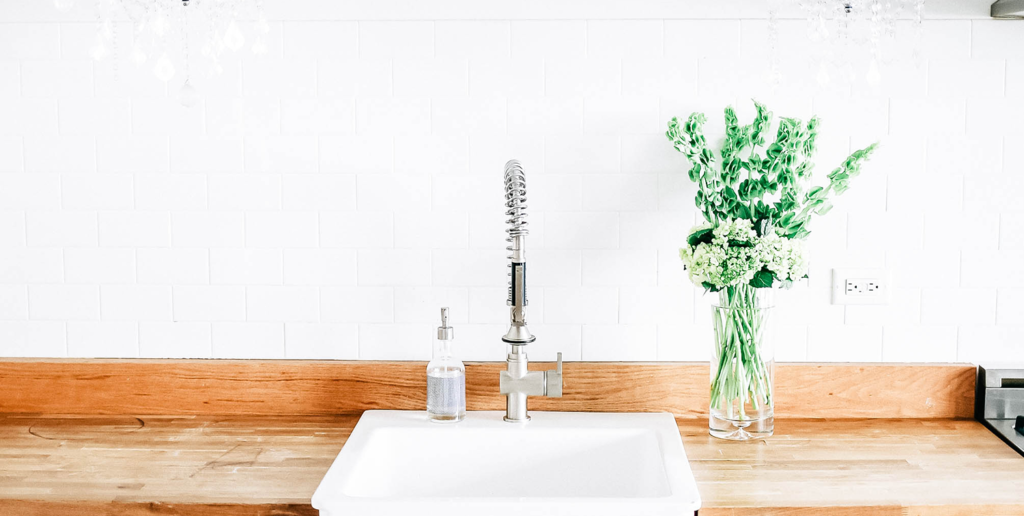
We know that at least 60 percent of what we put on our skin enters our bloodstream, and that number reaches almost 100 percent when talking about our scalp, groin, and underarm areas.
Your body’s internal detoxification system has to work hard to break down any harmful toxins that have been absorbed through your skin, and send them on their way, via your exit routes (think sweat, pee, and poop). If the toxins fail to get eliminated out of your body, they may take up residence in your cells, causing inflammation, hormone imbalances, gut issues, cancer, and more.
For those of you who just cannot get rid of those unwanted pounds no matter how hard you try, those fat-soluble toxins may be to blame. When toxins are not effectively processed by the liver and excreted, the body does what it can to keep them from circulating in the bloodstream, so it stores them in fat. Once there, they may damage the mitochondria of the cells (the power plant of the cell), slow metabolism and decrease fat burning, making it even harder to lose weight.
There are over 80,000 chemicals registered with the Environmental Protection Agency (EPA), with around 1,500 to 2,000 new chemicals introduced each year. The Food and Drug Administration (the agency that regulates cosmetics in the United States) has not passed a law regarding the regulation of cosmetics since 1938 (and that Act doesn’t even include soaps and hair dyes).
The Food, Drug, and Cosmetic Act defines what cosmetics are and how they should be labeled, saying that harmful substances cannot be used in them. According to the FDA, companies must provide adequate proof of a product’s safety, and if they are unable to do that, they have to label their product accordingly. I don’t know about you, but I cannot remember the last time I saw a beauty product with the warning “Unsafe for human use.” The FDA allows companies to use chemicals known to be extremely harmful in the products we put on our bodies and our kids’ bodies every single day, day after day, and to make their own judgments about safety.
Over the past two decades, the European Union has banned more than 1,300 chemicals in the product formulas of personal care products and restricted the levels of over 250 more in such products. The United States has only partially banned 11 to date. So you as the consumer have to get educated about what you are putting on your body.
According to the Environmental Working Group (EWG):
- The average woman uses 12 products containing 168 different ingredients
- Teenage girls were found to have an average of sixteen potentially toxic chemicals(related to cosmetic use) in blood and urine samples.
- The average man uses 6 personal care products daily with 85 unique chemicals.
A 2004 study conducted by the EWG examining cord blood samples of newborns found that newborn babies are born with an average of 200 toxins (passed down from their mothers). Not all were related to cosmetics, but you get the gist of just how prevalent the problem is.
Now, it’s important to remember that the toxic burden of any one beauty product or all of them combined may not add up to toxic overload in and of itself. But add to that the other toxins that you are exposed to throughout your day from the food you eat to the environment in which you live, and day after day, year after year, the chronic and cumulative exposure adds up.
So, what falls into the category of a beauty/personal care toxin? I have highlighted a few of the worst offenders below.
- Aluminum salts (most often found in antiperspirant)
- Boric Acid or Sodium Borate (banned in Europe)
- 1,4 dioxane
- Oxybenzone, avobenzone, padimate-O, PABA, benzophenone, homosalate, octyl-methoxycinnamate, octinoxate (found in sunscreen)
- Coal Tar (dandruff and psoriasis shampoo)
- DEA/TEA/MEA
- Formaldehyde
- Fragrance
- Hydroquinone
- Lead and mercury
- Musk
- Parabens
- Phenoxyethanol
- Phthalates
- Propylene Glycol, PEG
- Sodium Laureth Sulfate/Sodium Lauryl Sulfate
- Talc
- Toluene
- Triclosan
NOW THAT YOU ARE IN THE KNOW, WHAT STEPS CAN YOU TAKE TO CLEAN UP YOUR POTENTIALLY TOXIC BEAUTY ROUTINE?
1. Download the Environmental Working Group (EWG) mobile app
The EWG has a rating system for all kinds of products from household items to food, and anything in between. Their Skin Deep Cosmetics Database of toxic ingredients and personal care products has a searchable database containing over 62,000 products from over 2,000 companies. Ratings are given on a scale from 1 to 10, with ten corresponding to ingredients and products with the greatest concern, and 1 to ingredients and products with the least concern. They also assign an “EWG verified” to mark a product that has gone above and beyond its green rating in EWG’s Skin Deep® because the company has disclosed more about its formulations and manufacturing processes.
2. Find a trusted cosmetics/personal care product company.
If scanning and searching for products via the EWG mobile app is more than you can handle, then be sure to research and shop at companies that you trust. More cosmetic and personal care product companies pledging to use organic and non-toxic chemicals are popping up each day with some pretty good non-toxic beauty care options. The list below includes companies that have committed to using organic, non-toxic ingredients in product formulas. The list is not all-encompassing, but it gives you a good place to start.
Personal Care Products/Cosmetics:
- Annmarie Skincare
- Badger Body Care (we like their sunscreen)
- Beautycounter (great sunscreen and some great new makeup additions this year)
- Bronners
- Hauschka
- ESPA
- Eve Organics Beauty
- Grown Alchemist
- Holistic Science Company (we love their deodorant)
- Honeybee Gardens
- Ilia Beauty
- Indie Lee
- J.R. Watkins
- John Masters Organics
- Josh Rosebrook
- Kjaer Weis
- Kora Organics
- Kosmatology
- Lily Lolo
- One Love Organics
- Pangea Organics
- Peacekeeper Cause-Metics
- Petit Vour (monthly sample box allows you try different brands of organic beauty products before buying)
- Primally Pure (we love their deodorant)
- QET Botanicals
- RMS Beauty
- Ren Clean Skincare
- S.W. Basics
- Sunshine Botanicals
- Tata Harper
- Vapour Organic Beauty
- The Honest Company
Nail Polish:
There are lots of brands out there that say they are all-natural or non-toxic, but there are three specific ingredients you are looking to avoid: Dibutyl phthalate (DBP), Formaldehyde and Toluene. Many non-toxic nail polish companies will go out of their way in their marketing and sales ads to let you know that their polishes are “3-Free.” Some companies are going that extra mile to become 5-Free, 7-Free, 8-Free, 9-Free and 10-Free. These companies are creating nail polish that is free of the ingredients above, plus resin, camphor, ethyl tosylamide, xylene, triphenyl phosphate, parabens, and acetone.
- Benecos
- Piggy Paint
- Suncoatgirl
- Bliss Genius
- Chanel Le Vernis
- Dior Vernis
- Jinsoon
- Priti NYC
- Zoya Professional
- Côte
- LVX
- Pacifica
- Smith & Cult
- Butter London
- Londontown
- Acquarella
03. Get out the trash bag
If you are not quite ready to do a clean sweep throughout your house, then start by replacing one to two of your personal care products with a non-toxic or even less toxic counterpart each month and a year from now you will have made a significant difference in your levels of exposure.
Start with the products that have the most negative impact on your precious bod by thinking about the level of exposure you’re getting from the products you’re using. Not every product will have the same level of concern.
For example, if you use a lotion all over your body and it soaks into your skin, you’re getting a lot more exposure to those chemicals than if you were to use the same ingredients in a hand soap that is quickly washed off. When I began my “swapping out” routine, I started with my body lotion, sunscreen, and deodorant, and I have been working my way through the list below ever since. Try not to get too overwhelmed – making small changes over time will make a big difference in the long run.
- Body lotion
- Deodorant
- Sunscreen
- Body soap/wash
- Perfume/cologne
- Hand soap (for each sink in your home)
- Shampoo
- Conditioner
- Anti-frizz
- Hairspray
- Toothpaste
- Day cream
- Night Cream
- Eye cream
- Nail polish
- Aftershave (guys)
04. Find a salon/stylist that uses organic, non-toxic hair dyes.
Try doing a quick web search for “green” or “nontoxic” hair salons, and this one comes up a bit short. Many of the “green salon” databases seem to be incomplete, so you may have to spend a little more time doing your homework on this one. Aveda has been a national leader in developing hair and body products free from the most dangerous ingredients. More than 90 percent of Aveda’s essential oils and 89 percent of its raw herbal ingredients are certified organic. It has been a trusted brand for quite some time, and there are a large number of salons in the US that are connected with Aveda.
Talk to your stylist about product safety, and if the salon’s products do not measure up, look for a green salon that uses natural hair color treatments free from synthetic chemicals, ammonia, or PPD. I wish I was ready to go totally natural when it comes to my hair color, but I’m not quite yet so I love the Kevin Murphy line of hair color at Levato’s Salon in Hinsdale that is PPD-Free, ammonia-free, and made with naturally derived ingredients like aloe vera, honey, shea butter and pomegranate.
Sources:
EWG Top Tips for Safer Products. Retrieved from http://www.ewg.org/skindeep/top-tips-for-safer-products/.
Crinnion, W. (2010). Clean, Green & Lean. Hoboken, NJ: John Wiley & Sons.
O’Connor, S., Spunt, A. (2010). No More Dirty Looks. Cambridge, MA: Da Capo Press.
Fitzgerald, R. (2007). The Hundred-Year Lie: How to Protect Yourself from the Chemicals That Are Destroying Your Health. Penguin Group.
